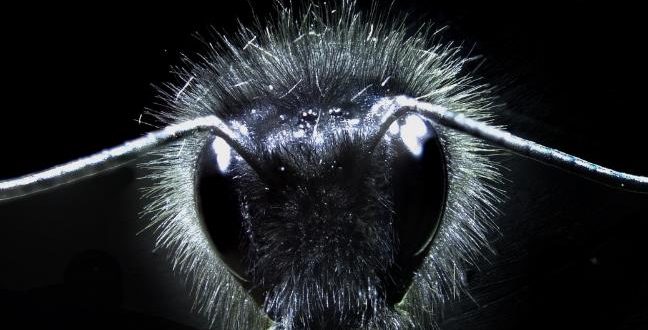Bees are drawn to flowers by an invisible electric field as well as their bright colours, a new research has shown.
Scientists from the University of Bristol also suggest that more animals are using these highly sensitive natural sensors for more accurate navigation. Scientists already know that bumblebees have the ability to sense and detect electrical signals from flowers, however, they still do not know the exact mechanism of this process, until this new study.
Using a laser to measure vibrations, researchers found that both the bees’ antenna and hairs deflect in response to an electric field, but the hairs move more rapidly and with overall greater displacements.
Researchers then looked at the bees’ nervous system, finding that only the hairs alerted the bee’s nervous system to this signal.
The findings, published in the international journal Proceedings of National Academy of Sciences (PNAS) today, suggest that electroreception in insects may be widespread.
Electroreception may arise from the bees’ hairs being lightweight and stiff, properties that confer a rigid, lever-like motion similar to acoustically sensitive spider hairs and mosquito antennae.
Dr Gregory Sutton, a Research Fellow in the University of Bristol’s School of Biological Sciences, led the research. He said: “We were excited to discover that bees’ tiny hairs dance in response to electric fields, like when humans hold a balloon to their hair. A lot of insects have similar body hairs, which leads to the possibility that many members the insect world may be equally sensitive to small electric fields.”
Scientists are particularly interested in understanding how floral signals are perceived, received and acted upon by bees as they are critical pollinators of our crops.
Research into these relationships has revealed the co-evolution of flowers and their pollinators, and has led to the unravelling of this important network which keeps our planet green.
Electroreception is common in aquatic mammals. For example, sharks are equipped with sensitive, jelly-filled receptors that detect fluctuations in electric fields in seawater which helps them to home in on their prey.
Agencies/Canadajournal
 Canada Journal – News of the World Articles and videos to bring you the biggest Canadian news stories from across the country every day
Canada Journal – News of the World Articles and videos to bring you the biggest Canadian news stories from across the country every day



